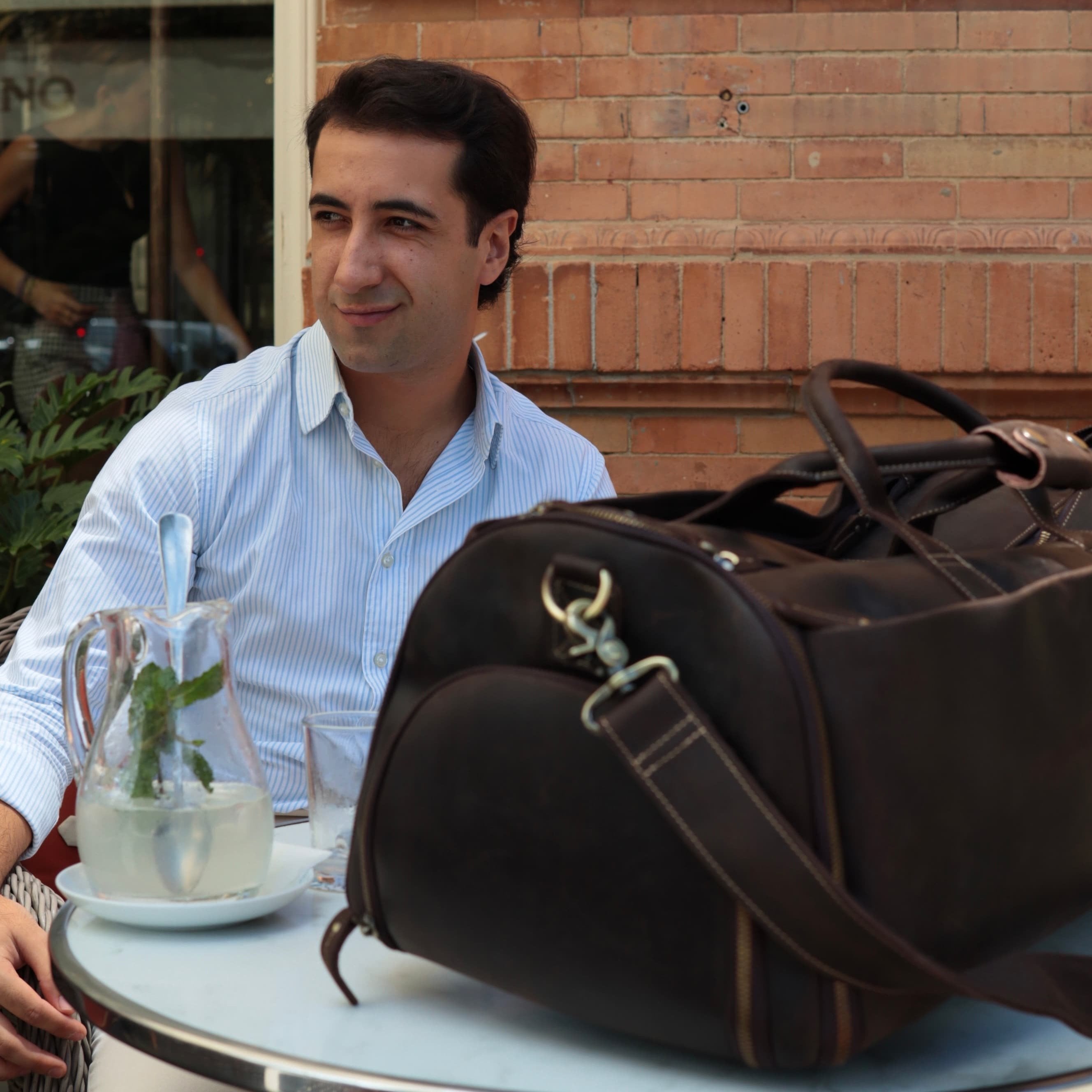Good ironing of a man's shirt or suit can be difficult, but with a few simple tips and methods, it's possible to achieve impeccable results. So if you want to look presentable at your business meetings and professional or personal events, ironing must be well executed!
Why is it important to iron a shirt properly?
Taking care of your clothes is essential to maintaining a polished, professional look. A well-pressed suit and a pleatless shirt convey an image of seriousness and rigor. What's more, it prolongs the life of garments, making them more resistant to wear and deformation.
The equipment needed for effective ironing
To good iron a shirt or suit, it's essential to have the right equipment. A quality iron with good steam production is essential. A stable, height-adjustable ironing board offers considerable comfort. It's also useful to have a spray bottle to moisten stubborn fabrics, and a clean cloth to protect delicate parts of the costume. Depending on your needs, you can choose between a conventional iron, a central steam iron for more continuous steam production, or a vertical iron, ideal for quick touch-ups.
How to prepare your clothes before ironing
It's advisable to read care labels to find out the right temperature for each type of fabric. Shirts should be slightly damp to facilitate ironing, while suits, often made of wool or delicate materials, should be ironed inside out to avoid shining the fabric. Placing a damp cloth between the iron and the suit can also protect the fibers. So you see, ironing a shirt well is not something you can improvise!
Techniques for properly ironing a shirt
To iron a shirt properly, you need to follow a certain method to achieve perfect results. Start at the collar, ironing from the points to the center to avoid false pleats. Then move on to the sleeves, first ironing the cuffs flat, then sliding the iron along the sleeve from shoulder to wrist. The body of the shirt is ironed last, taking care to stretch the fabric and avoid buttons. Using steam to soften difficult areas can make the job much easier.
How to iron a suit without damaging it
Ironing a suit requires special care to preserve its structure and appearance. We recommend using a pattemouille (a damp cloth) between the iron and the fabric to avoid buffing delicate materials like wool. Pockets and lapels should be ironed flat, and the jacket should be ironed last, using gentle strokes and avoiding excessive pressure to avoid marking the fabric. Pants should be ironed inside out, taking care to place creases correctly for a clean, professional line.
Our tips for caring for your clothes after ironing
Once clothes have been properly ironed, it's important to look after them properly to prolong their freshness. Shirts should be hung on appropriate hangers to prevent the formation of new wrinkles. Costumes should be stored in covers to protect them from dust and moisture. Airing your wardrobe regularly also helps keep fabrics fresh.
For travel, we advise you to opt for a suit bag with cover so you don't wrinkle your clothes on the move. This accessory will allow you to separate your shirt and suit from your other personal belongings such as your toilet bag, shoes, underwear...
Separating clothes takes a little practice and patience, but the results are worth it. By following these tips and techniques, everyone can get impeccably ironed clothes. And you, have you ever experimented with these tips for properly ironing a man's shirt or suit?





